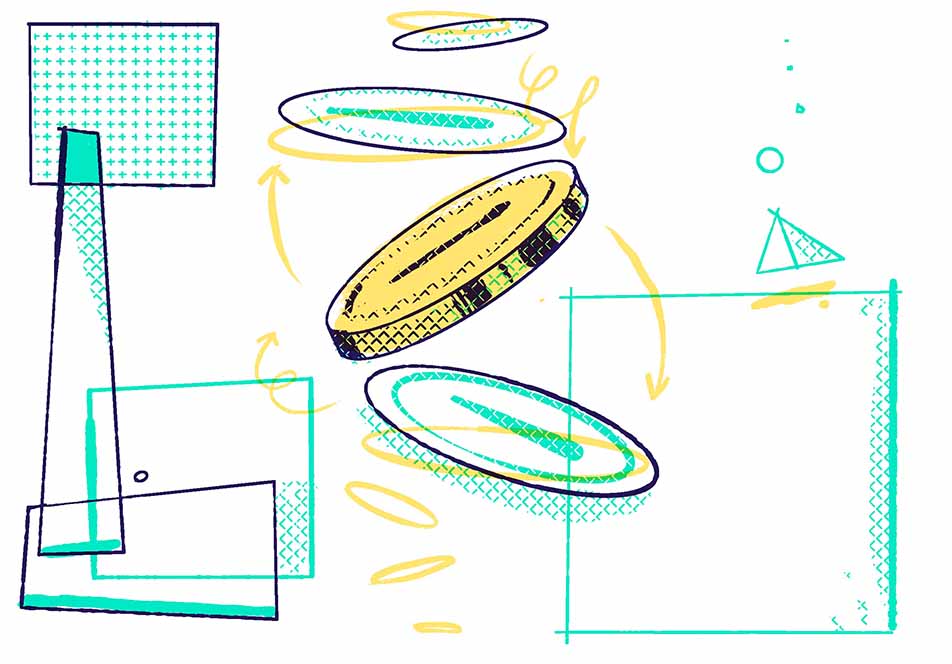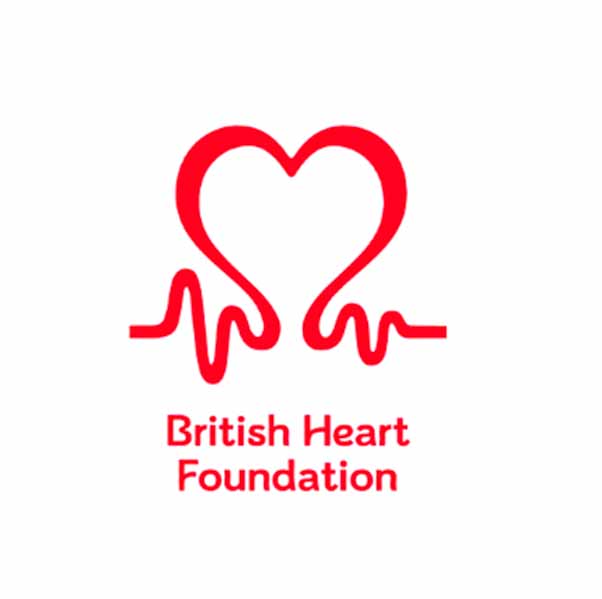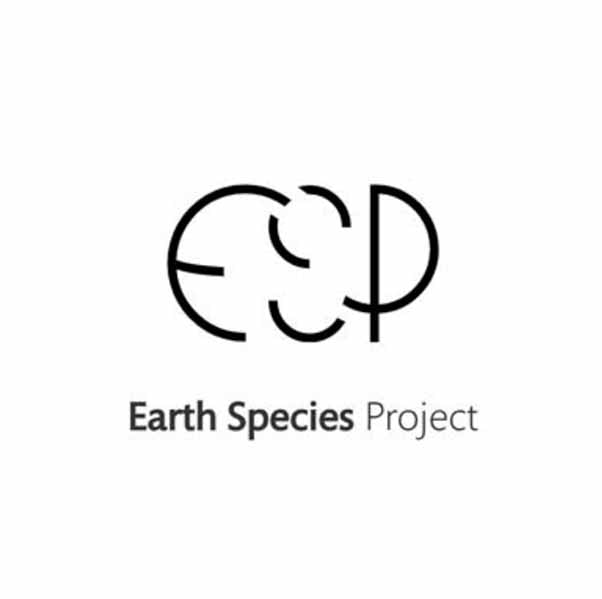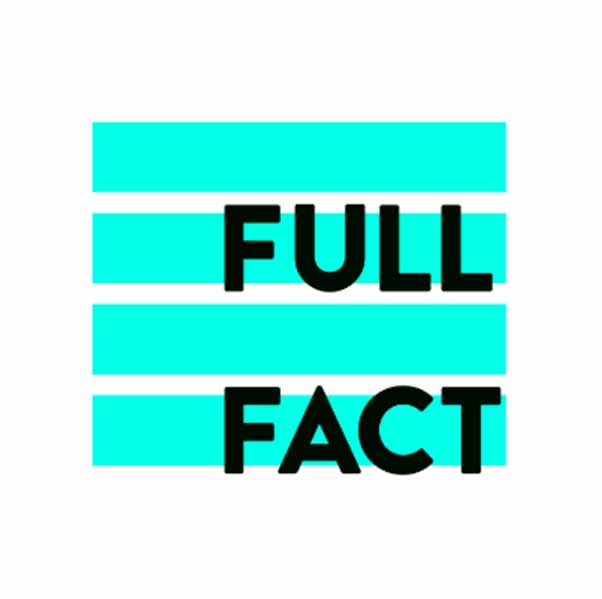The flipside: Why you should harness the power of AI for good

Senior Innovation Designer
Not-for-profit’s, charities and purpose-led organisations should start considering how they can take advantage of AI and large language models. In a previous article we listed 10 reasons why organisations shouldn’t use Large Language Models. It was a little provocative, hopefully thought provoking BUT it was very one sided.
If you read it you’ll know there are limitations and costs to various commercially-led AI technologies, including Large Language Models. It raised questions around specific use cases.
The intention in our previous article was to clearly outline the costs and risks of using AI for your organisation and society but in order to make an informed decision we are now sharing some of the benefits, including examples of inspiring organisations leveraging AI for Good.
There are a stream of benefits and huge opportunities for progress which recent AI advancements now unlock.
Increased productivity, speed and cost efficiencies, rapid pattern recognition & synthesis of huge data sets, reduction in human-error, team augmentation, advanced analysis capabilities, help solve wicked problems, automating laborious, time consuming or complex tasks, reducing risk and human error, monitoring, analysing and synthesising live data. The list goes on.
The potential use cases and problems AI technologies might help us solve are huge, some many never thought possible in our lifetime. From diagnosing illnesses to monitoring, and making sense of, our environment - there are plenty of applications where purpose-led organisations might want to leverage AI technologies for good and to make meaningful human or environmental progress.
Here’s 4 inspiring examples, we love, of organisations leveraging AI for Good.
British Heart foundation
AI powered Predictive Healthcare Tools

Together with the Alan Turing Institute, the British Heart foundation has been exploring the potential to fuel transformational improvements in how they prevent, diagnose, and treat people living with devastating conditions, including many heart and circulatory diseases. They’re developing predictive tools to help patients and healthcare professionals make more informed decisions about their care.
British Heart foundation believes transforming healthcare through AI and data science will depend upon meaningful collaboration between clinicians and data scientists, underpinned by scientific rigour and the highest ethical practices.
Problem: People living with devastating heart and circulatory diseases
AI Solution: Custom Machine Learning models
Impact: Prevent, diagnose, and treat devastating heart and culinary conditions
Earth Species Project
Understanding & Conserving Biodiversity with AI

The Earth Species Project is a non-profit organisation that aims to decipher communication among non-human beings by utilising AI technology. Their goal is to change humanity’s interaction with nature by gaining insight into non-human languages.
They are building machine learning models which support and deepen ongoing research into the behaviour of other species and advancing conservation efforts on the ground today.
Problem: We’re in the midst of a biodiversity crisis and potential collapse
AI Solution: Custom Non-human Language Models
Impact: Biodiversity monitoring & conservation
Full fact
Tackling the Dangers of False Claims with AI

Full Fact is an organisation leveraging the power of AI to tackle false claims. They’re a team of independent fact checkers and campaigners who find, expose and counter the harm it does.
Full Fact have developed a claim-type classifier to guide users towards claims that might be worth investigating. They built this with the BERT model and fine-tuned it using our own annotated data.
Problem: The Dangers of False claims
AI Solution: Google BERT Transformer model + fine tuning
Impact: Find, expose and counter the harm from false claims.
The Childrens Society
Breaking down trust barriers with Refugees through AI.

The Children’s Society, a UK charity working with young migrants and refugees who are victims of trafficking, faced a challenge in understanding their stories and problems due to the need for third-party interpreters.
The Children’s Society uses AI powered Microsoft translator live to help those seeking asylum to break down trust barriers caused by third-party interpreters being involved and leveraged the Live Translation function to help with multiple different tasks where language was a barrier supporting refugee and migrant independence and confidence in a new country.
Problem: Trust & Language Barriers
AI Solution: Microsoft AI powered Translator
Impact: Human trust & supporting refugees and migrants to overcome challenges
What’s your AI for Good?
The “Age of AI” is here, whether we like it or not, and inaction isn’t an option. It’s essential that the 3rd sector doesn’t fall behind and takes the necessary steps to prepare for it.
We do have choices - what models to engage with, when to use AI technology, how to use it and whether to scan for consequences today and in the future. It’s our responsibility to use them wisely. It’s part of why we’ve already started experimenting with the Vicuna open-source models, along with Anthropic’s Claude.
People motivated to make the world better and use AI for Good need to have a voice and help shape the future of this technology and society.
The costs vs benefit argument is a complex one, the disruption in which we face and the opportunity to help shape a future of AI we want to exist are all critical factors. It’s a decision only your organisation can make but we hope this article helps in providing some of the positive, responsible use cases of these technologies.
We believe the potential for positive, meaningful progress can be huge. Engaging responsibly is our only option.
 "
"
 "
"